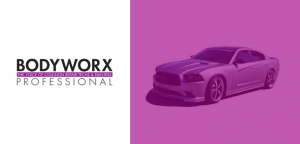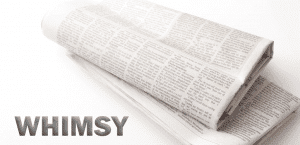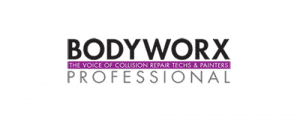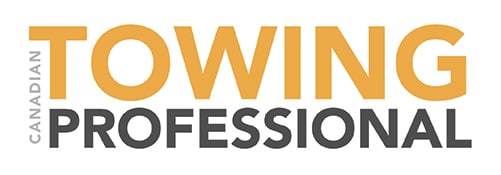DO YOU REALLY NEED MORE WORK—OR IS THERE AN ALTERNATIVE?
BY STEFANO LIESSI
In my regular columns, I typically touch on training in the technical and hands-on area of the collision repair industry; today, I digress a wee bit.
I realize that there is approximately $36 billion spent per year on marketing by Canada’s small-and medium-sized enterprises (SMEs), all in an effort to get customers through the front door. But what if I were to suggest a strategy that could bring an increase to the revenue stream all by way of adjusting a process or two. Would you be interested?
This is not a get-rich-quick scheme just a simple concept that could be beneficial to your enterprise. Some of the biggest costs to your business are materials, equipment and time. If you do not maintain these items, it will cost you dearly. Allow me to break this down for you; implementing these ideas will have a zero cost.
First off, we need to make a clarification on the definition of shop supplies and materials: cleaners, cloths, tips, nozzles, welding wire, welding gasses, solvents, equipment, equipment service and maintenance, equipment software, customer convenience amenities, wash bay materials, shop clean up tools, disposal services… and the list goes on. These are all items the shop supplies to run their business in a general standard operating procedure. Note that these are generic and are either consumables or remain in the facility and are nonvehicle specific. These are used in aid to repair the vehicle but are not part of the vehicle.
My point here is this, clips, fasteners, onetime use fasteners, caulking, sealers, retainers, bonding agents, sound deadeners, etc. are parts. These items are required to put the vehicle back into pre accident condition and remain as “part” of the vehicle.
These items are line items on the estimate, line items encompass double duty, they require a labour note and part price. Some labour may be included in the operation—clip installation is part of the O/H labour times—but you still need the part price and number.
This also documents that you have replaced this item. As we know, there is no official generic formula to be applied to the cost of these items—the advancements in automotive design have made sure of this.
Now before you hot under the collar, hear this out: As a shop you cannot just start charging away like crazy for these items; you need to be honest and fair. If a bumper has 25 clips and four are broken, you bag and tag the items, take photos and add 4 to the estimate—not 25.
Next, let’s talk equipment. You have spent thousands of dollars on equipment—use it. All too often I see equipment in the shop collecting dust. If you have it, make it work for you. One example is measuring systems, which I commonly see misused or ignored. You should be measuring these vehicles—today’s technological advancements demand it; the liability tied to these advancements demand it. You may be yelling at these pages, “We don’t get paid to measure unless it needs it!” This is the most asinine argument I have heard since I last tried to reason with a toddler. There is only one way to know if a vehicle requires measuring, and that is to measure it. Is there an exception? Possibly, a key scratch, door ding or I may go as far to include hail damage.
Every time I ask someone if they have ever skipped measuring, only to have the vehicle come out of paint to realize they should have measured it, I get a resounding 98 percent yes response. That can’t be good for the bottom line, now can it?
Finally, everyone’s favourite topic—time. We never have enough of it. Never enough time to do it right the first time—but always enough to do it right the second. I-CAR states that 80 percent of estimate supplements can be eliminated by blueprinting the process. Take the time up front during the estimate process. Systematically plan out the repair.
It is here where you identify and account for all the parts and clips and retainers required to complete the job, all panels including blend panels, 100 percent teardown and the lot. It is here where you measure to find the hidden damage right away—not halfway through the repair.
Remember that taking the time to ensure the procedures are documented is also a line item—nowhere in any estimating system does it say that researching OEM requirements and procedures is “a cost of doing business.” Putting the time at the beginning of the process allows you to mitigate the end. The more accurate and accountable the estimate is, the more accurately your KPI’s will reflect your business. Cycle time, touch time, LOR, capacity, all of this will reflect your accuracy, in turn, help your bottom line with no monetary investment.
Following these simple, yet—to some—controversial processes, you will see costs start to balance out, equipment being utilized, and time spent wisely.
In my opinion, and you are entitled to my opinion, the most important outcome of all of this is a facility that provides quality, timely, proper repairs, equitably that create happy customers making your bottom line top of mind.

















